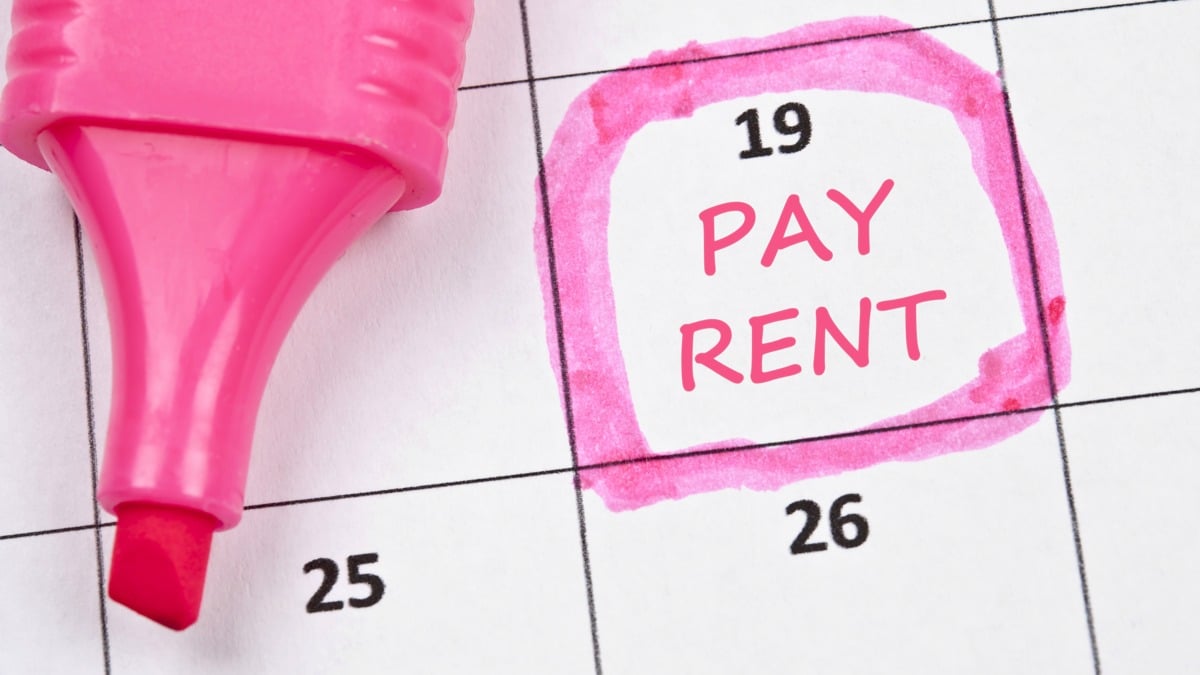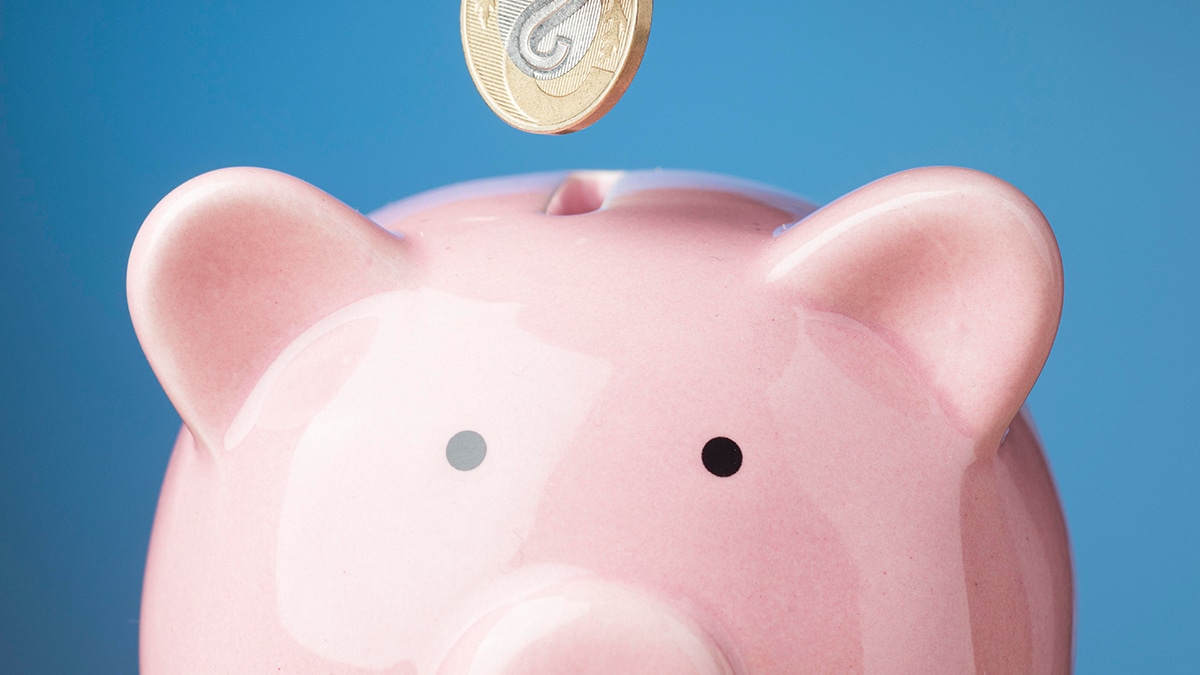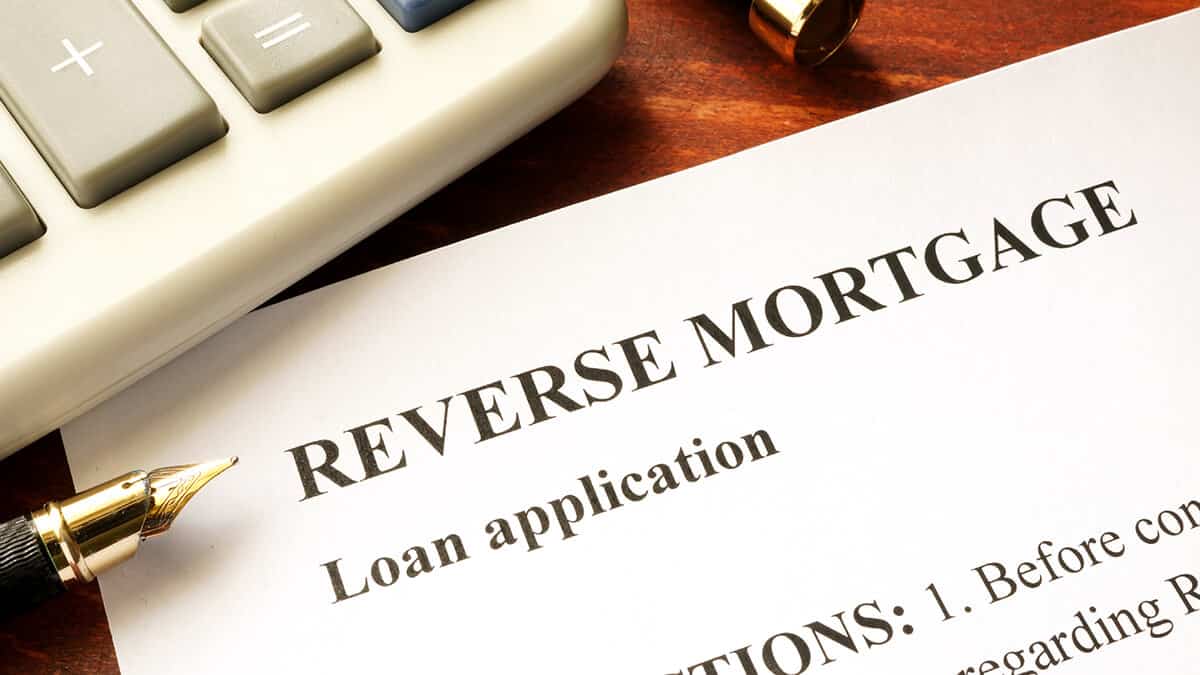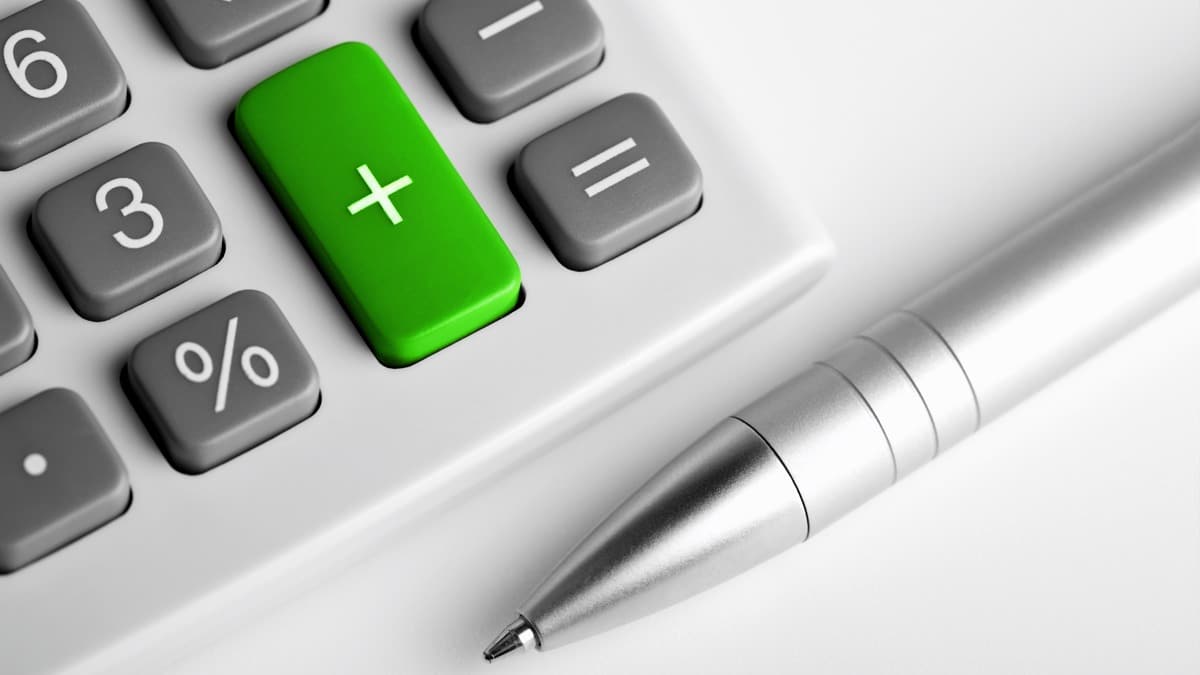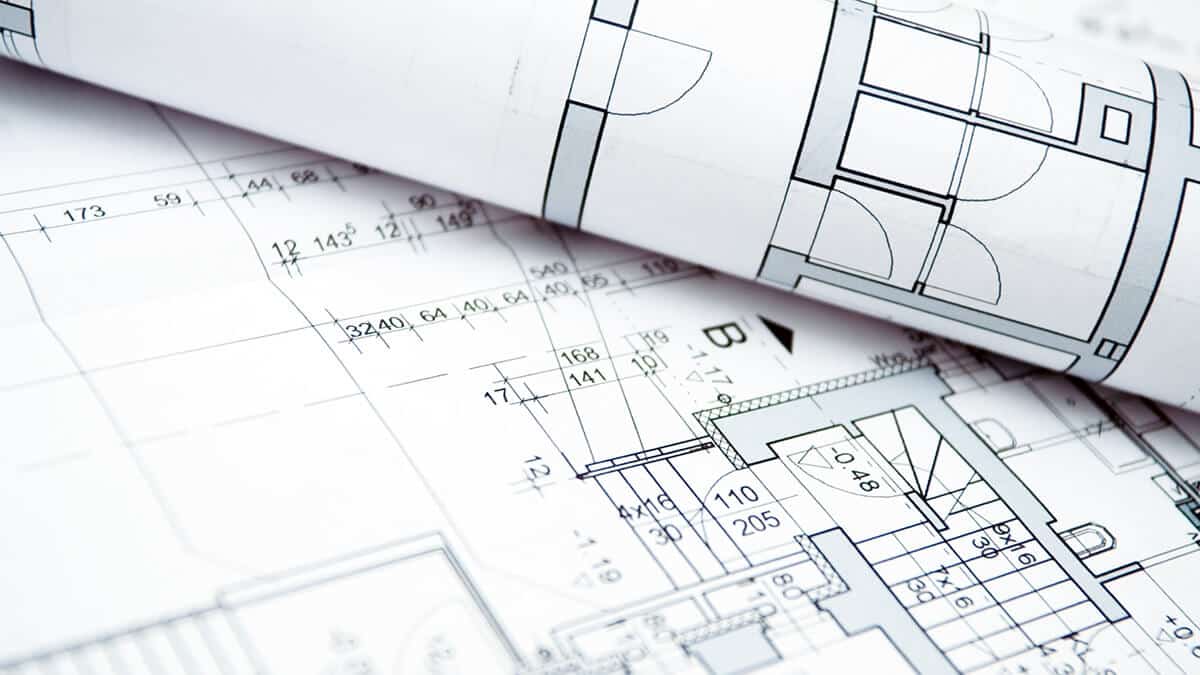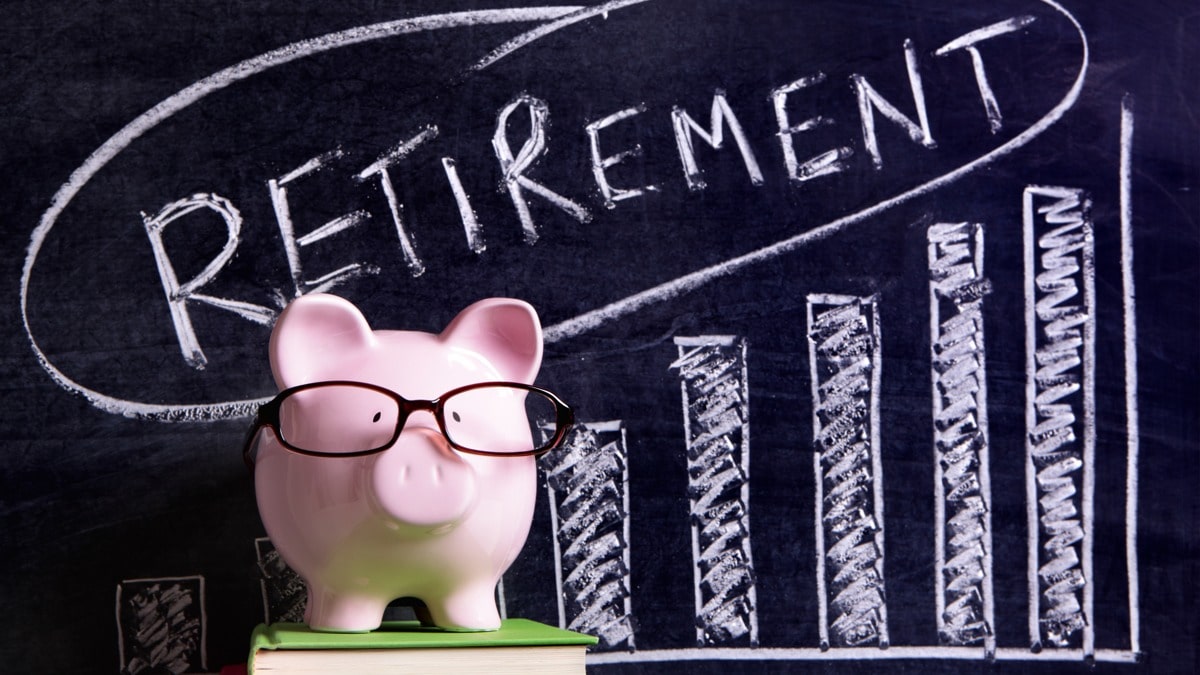In this guide
When we think about retirement savings most of us think superannuation. Yet super is not the only source of private income in retirement.
For many Australians, personal investments outside super are an important part of the retirement income mix due in part to caps on super contributions and a limit on the amount that can be transferred into the tax-free retirement phase.
Super rules and restrictions are not the only driver though. The ASX Investor Report 2023 identified a wave of new personal investors, with growing numbers of Millenials and women via digital platforms offering easy access to products such as exchange-traded funds.
Younger investors with a lengthy time horizon are more likely to invest outside super so they can access their funds for purposes other than retirement, even if building long-term wealth is their main goal.
According to the ASX report, 51% of adult Australians held investments outside their home and super, up from 46% in 2020.
A Finder survey of Australian investing statistics in October 2024 had a similar overall finding. The most popular investments are cash in the bank (32% of investments outside super and the family home), term deposits (13%), direct shares (12%), investment property (8%), ETFs (13%), managed/index funds (6%).
Dig a little deeper, and 68% of Millennials now hold investments outsider super and the family home, ahead of Baby Boomers (49%), Gen X (40%) and Gen Z (55%).
As well as super and the family home, these figures exclude wealth tied up in the family, farm, small businesses and personal effects.
It’s also worth noting that the figures do include savings for goals other than retirement whereas all monies in super are meant to be for the sole purpose of providing income in retirement.
They also include personal investments held by all age groups, those still working as well as retirees. But as real property is typically a long-term investment, we can assume that much of the wealth tied up in this asset class outside super is also destined to provide retirement income.
Why hold retirement savings outside super?
Super is still, without a doubt, the most tax-efficient vehicle for your retirement savings. Even so, there can be sound reasons for having investments outside super both in the lead-up to retirement and after.




